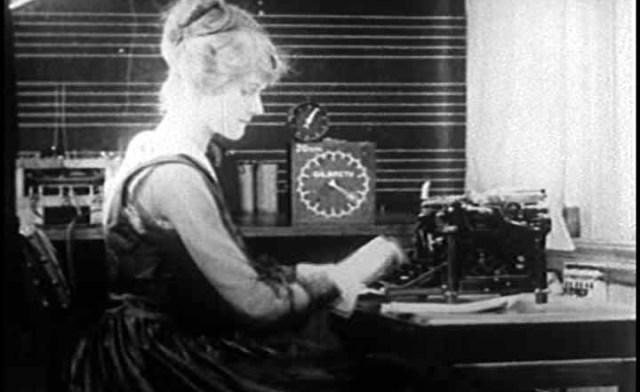Gilbreth Motion Studies

Husband and wife team Frank and Lillian Gilbreth contributed to scientific management (Taylorism) with their Motion Study work, meant to analyze and increase efficiency in production.
The Gilbreths proposed a technical language, allowing for the analysis of the labor process in a scientific context.The Gilbreths made use of scientific insights to develop a study method based upon the analysis of work motions, consisting in part of filming the details of a worker’s activities while recording the time.
The films served two main purposes. One was the visual record of how work had been done, emphasising areas for improvement. Secondly, the films also served the purpose of training workers about the best way to perform their work. This method allowed the Gilbreths to build on the best elements of these work flows and to create a standardized best practice.
Motion studies were meant to determine the best way to complete a repetitive job and improve methods based on the recorded distance movement required to do a job and how much gets done in a period of time. They were done in tandem with time studies, which measured how long it takes an average worker to do a task at a normal pace.
The Gilbreths would use the films to identify the individual motions needed to do each task as well as the unnecessary motions included in the doing of each task. They would eliminate any unnecessary motion or activity and thus streamline the work, saving time and increasing output.
Motion study videos:
Therbligs: http://gilbrethnetwork.tripod.com/therbligs.html
___________________________________________
WiP1 (March 2012) notes
Wikipedia, “Time and motion study“
Comments
One Response to “Gilbreth Motion Studies”Trackbacks
Check out what others are saying...[…] and Lillian Gilbreth, a husband-and-wife team, studied job motions. first motion study designed to isolate the best possible method of performing a given job. Later, Frank and his wife […]